Easy Kake Soba With Mentsuyu
Kake Soba With Mentsuyu is a comforting noodle soup brimming with flavors and nutrients. It’s easy to make and will totally impress!
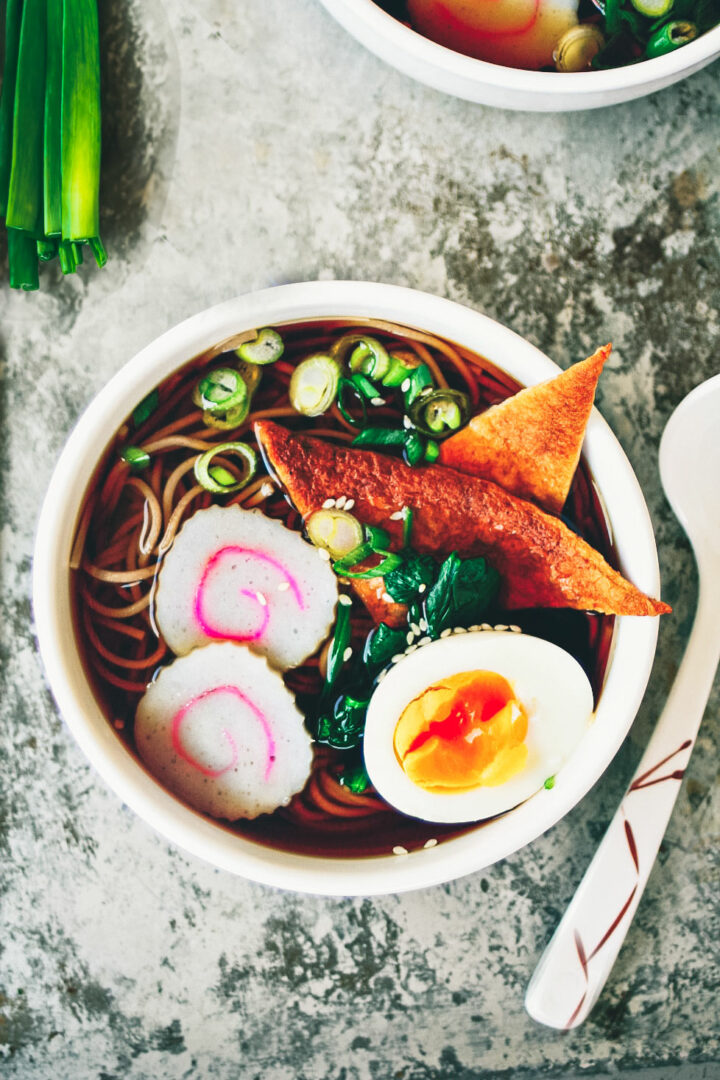
Table of Contents
About My Kake Soba With Mentsuyu
Kake soba is one of my favorite ways to enjoy soba noodles in a hot dish. It has Ramen bowl vibes, but it’s completely its own thing with its own flavor profile.
If you’ve never had soba noodles, imagine a nice and chewy texture with a mild nutty flavor. They’re delicious! And when served with a hot broth made up of dashi, soy sauce, and mirin, they’re a real treat.
What to Serve With Kake Soba
- This smashed cucumber salad is one of my absolute favorite sides for a nice warm kake soba. It’s cool crisp, and punchy!
- If you like bok choy, you should definitely give this seared baby bok choy a go!
- These easy Chinese greens are perfect because the process is hasty and the flavor profile compliments the soup wonderfully.
- And, of course, what’s a Japanese soup without a side of gyoza?
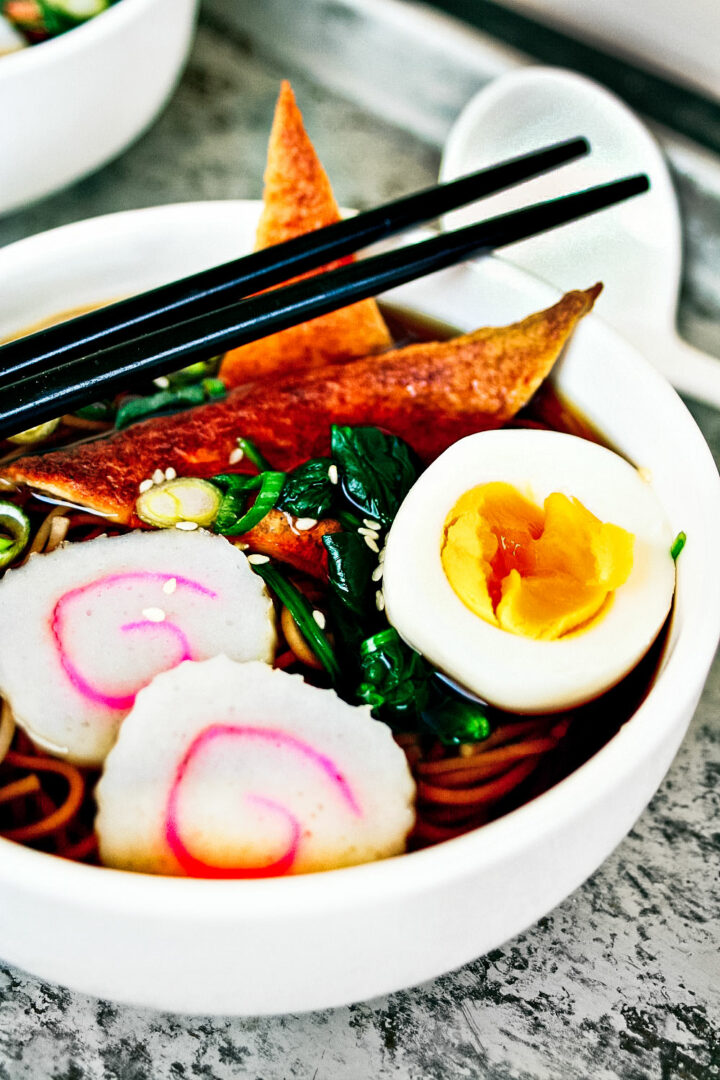
Ingredients
Exact measurement can be found in the recipe card below.
- Soba noodles. This noodle variety is made from buckwheat, which offers up a nutty, earthy flavor and it is SO good.
- Cooking sake. This Japanese cooking wine is made up from fermented rice and it’s what brings the pop of sweetness and umami to the broth.
- Mirin. The sweetness in mirin helps balance out the saltiness in a dish, so this is another ingredient that helps balance things out.
- Soy sauce. I always opt for a low-sodium soy sauce (Kikkoman is my go to). There’s way less sodium, yet you don’t lose any flavor.
- Kombu. Not to be mistaken for nori, kombu is made from kelp. It’s nutritionally dense, and much stronger in flavor than nori.
- Katsuobushi. Sometimes referred to as Bonito Flakes, this stuff is just dried, smoked, and fermented fish fillets. It looks like tiny shreds of thin, pink paper and let me tell you, their flavor is poppin’!
*Marked ingredients are for from-scratch mentsuyu, but you can get a premade base for ease!
Ingredient Accessibility
I want to note that shopping for these ingredients is definitely worth a visit to your local Asian market. Some areas have big corporate markets like H Mart, but there might be some small unheard of gems hiding that are worth seeking out— Google it for your area.
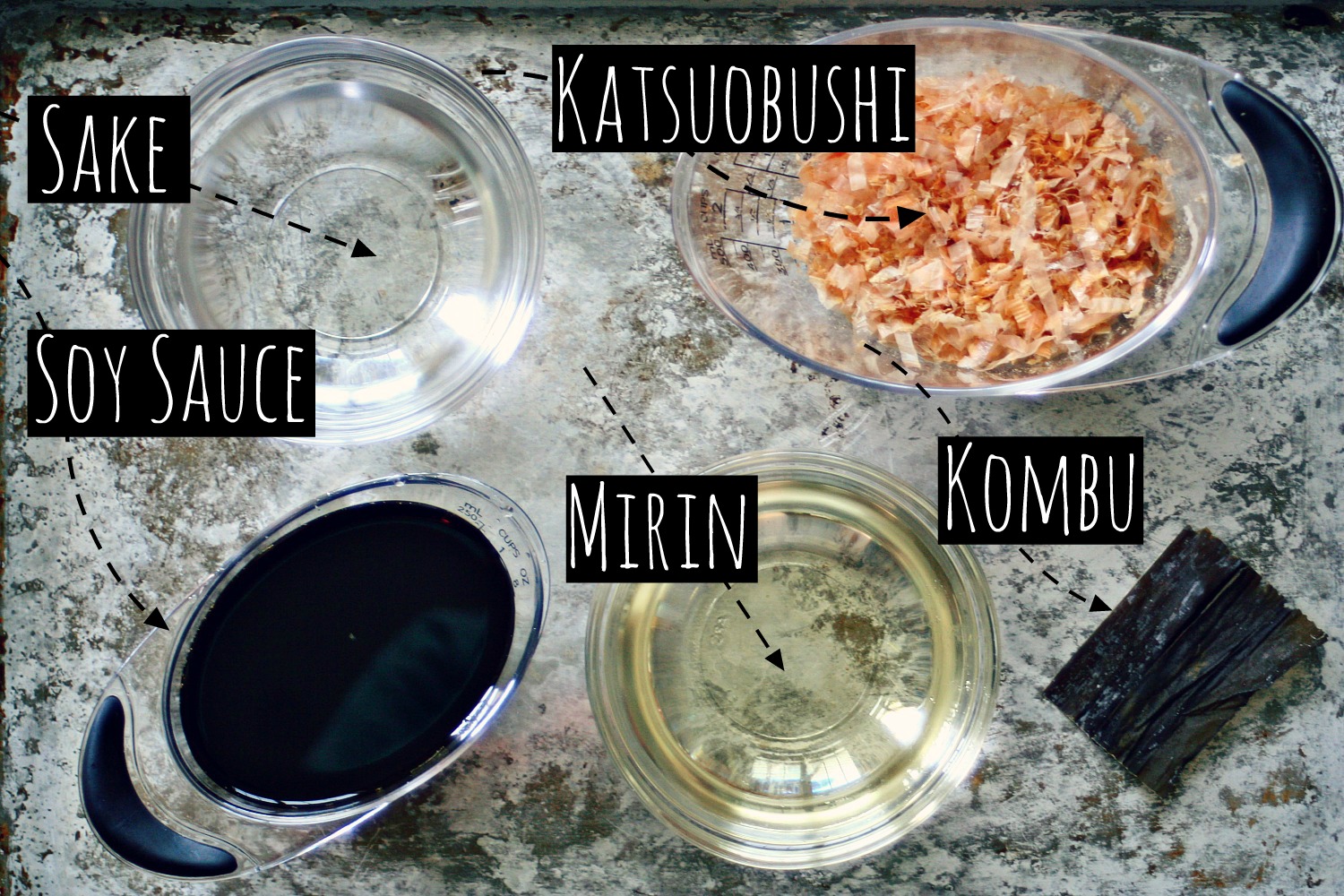
How to Make Mentsuyu
- Bring the sake to a low simmer in a medium pot over medium-high heat. Let it go for for about a minute.
- Stir in the mirin and the soy sauce, then add the kombu and the katsuobushi. Give it all a good stir, ensuring that all of the katsuobushi has been immersed.
- Bring it to a simmer and let it cook for about 5 minutes.
- Remove the pot from the stove and set it aside to cool. Once cooled, pass the mixture through a fine mesh sieve or strainer. Press on the katsuobushi with the back side of a spoon or spatula to extract as much liquid as possible.
Bringing the Kake Soba & Mentsuyu Together
- Transfer 3/4 cup of the mentsuyu into a medium pot and add 3 cups of water to it; bring it to a simmer.
- In the meantime, cook the soba noodles as per the directions on the package.
- When the soba noodles are ready, give them a rinse under cool water and transfer them to bowls.
- Pour the hot broth over the noodles and garnish your soup with your preferred garnishes.
Ideas for Garnishing
- Fish cakes (kamaboko)
- Scallions
- Soft-boiled egg
- Sesame seeds
- Tempura shrimp
- Seared bok choy
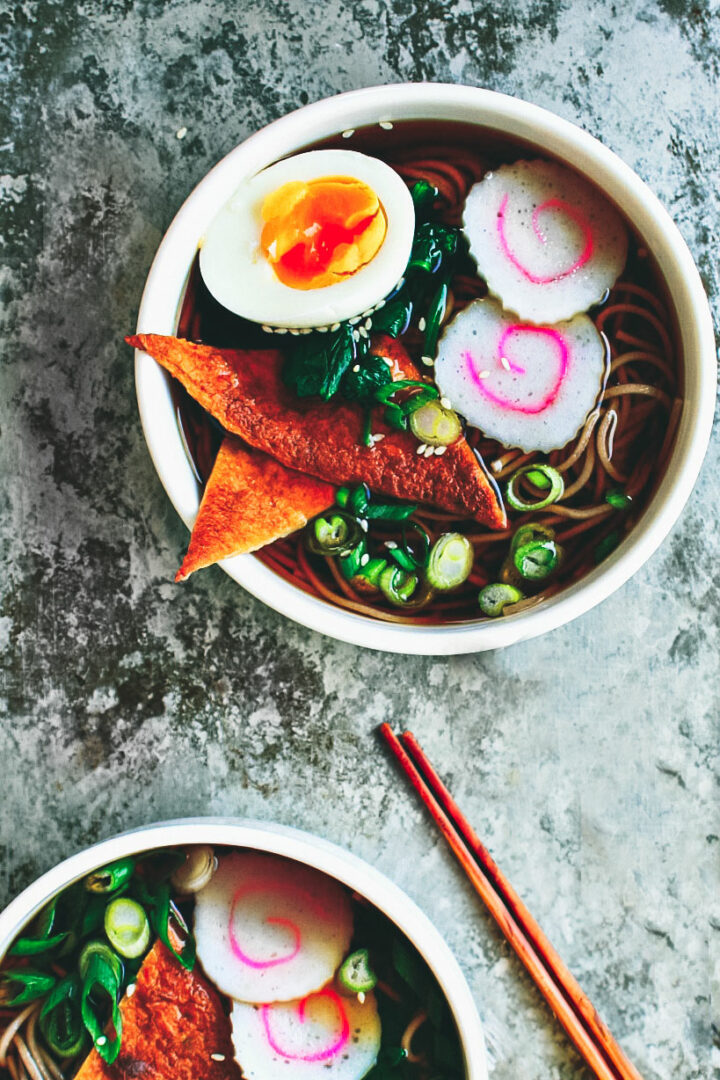
Useful Kitchen Tools
Have You Made This Recipe?
If you enjoyed this recipe, please consider leaving a STAR rating & commenting below with feedback!
You can also show off your creations on Instagram by tagging @killing__thyme
More Soba Noodle Recipes
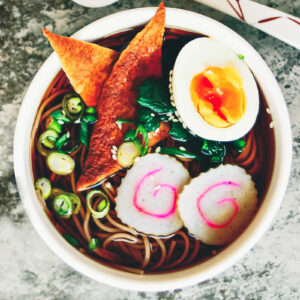
Easy Kake Soba With Mentsuyu
Ingredients
- 3-4 oz Soba noodles
MENTSUYU
- 1 cup mirin
- 1 cup soy sauce
- 1/2 cup sake
- Kombu (about a 2 x 2-inch piece)
- 1 cup Katsuobushi, packed
IDEAS FOR GARNISH
- Scallions, thinly sliced
- Blanched spinach
- Soft-boiled eggs
- Kamaboko (fish cakes) thinly sliced
- Sesame seeds
- Tempura shrimp
Instructions
MENTSUYU
- In a medium-sized pot, bring the sake to a low simmer over medium-high heat for about a minute or two.
- Stir in the mirin and the soy sauce.
- Add the kombu and the katsuobushi and stir again. Make sure all of the katsuobushi flakes have been immersed into the liquid. Bring it to a simmer and let it cook for about 5 minutes.
- Let it all simmer for about 5 minutes, then remove the pot from the stove; set aside to cool. Once it's cooled a bit, strain the mixture through a fine mesh sieve or strainer, pressing on the katsuobushi with the back side of a spoon or spatula to push out as much of the liquid as you can. Every drop counts!
KAKE SOBA WITH MENTSUYU
- To make the soup, transfer 3/4 cup of the mentsuyu concentrate to a medium pot. Add 3 cups of water to it and bring it to a simmer.
- While you wait, cook the soba noodles as per the package's directions.
- When the noodles are ready, briefly rinse them under cool water, then transfer them to bowls.
- Pour the hot broth over the noodles and garnish your soup with your preferred garnishes!
Notes
- Mentsuyu is a concentrated base for soup, not a broth. Always mix it with water.
- Mentsuyu will stay fresh in the fridge in a tightly sealed container for up to a month.

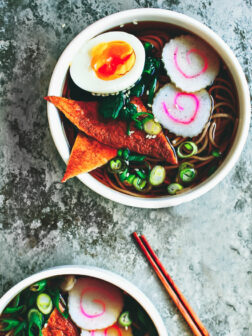


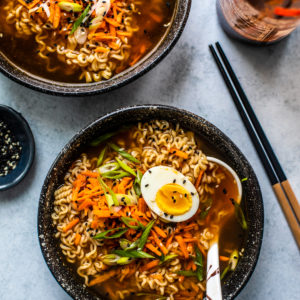

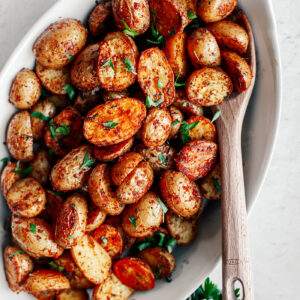

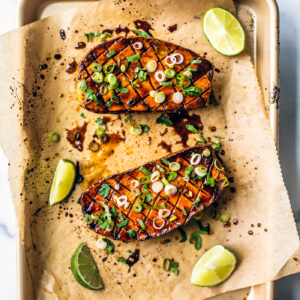


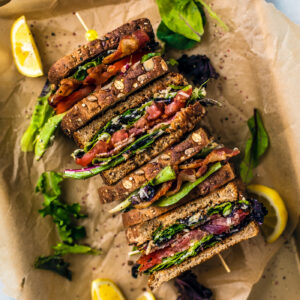
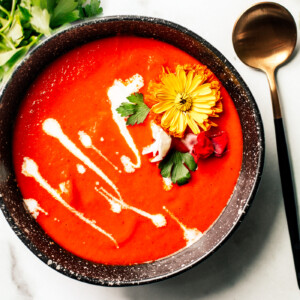

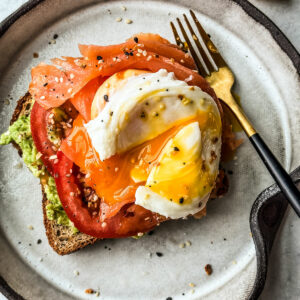
25 Comments on “Easy Kake Soba With Mentsuyu”
Authentic recipe. Thank you!
Hi, I’m so happy to find a recipe for Hon Tsuyu from scratch. I have only been directed to the Kikkoman bottles of concentrated Hon Tsuyu at my local Korean grocery store and they include MSG and high fructose corn syrup. I do have one quick question: in your ingredient list, it’s hard to read due to the spacing, is that one (quantity) 2 inch by 2 inch piece of Kombu or is it 12 (twelve) pieces of 2 inch kombu? Thanks in advance!
Hi Bonnie!
I’m so glad this recipe will be useful to you! It looks like the recipe app mucked up when I switched over to a new recipe plug-in, so I’ll have to fix this. Sorry it was hard to read! It’s definitley one piece of Kombu measure at 2 x 2 inches. Let me know if you have any other questions, and let me know how the recipe goes! Hope you love it :)
I truly admire your adventuresome nature. It is so fun to try totally new recipes. I, too, am not familiar with all the ingredients. But let’s just say you nailed it!
Hey Peter – thanks so much for the lovely compliment! You’re right. Trying new recipes and the thrill that comes with a successful result just reminds us why we cook!
This is an absolute stunner! I love to branch out of my comfort zone too, but you’ve really gone all out here! We have some Asian grocers close to my house so I’m going to print out the ingredients and see if I can source them. Right now, I’m wishing you were my next door neighbor!
Thanks so much, Lisa! Haha, I definitely wish I could whip you up a bowl! I’m glad to hear that you’re close to some Asian grocers, though. Please let me know if you make these at home! I’d love to hear about the experience and see photos! It’s an exciting time :)
This is amazing! Its a dish that I love to have at restaurants and just hadn’t mastered trying to make it at home…. with all of your tips I can’t wait to try to have this “real DEAL” meal at home!
Hey Michele! Thank you so much. Please let me know how it goes when you make it at home – I’d love to hear about it and see pictures. I’m sure you’ll love the experience :)
These bowls are almost too pretty to eat :) Definitely more sophisticated than my only experience with Ramen which was in a college hot pot, LOL
What are the white and pink swirled slices? I’m not familiar with those at all!
Hey Jill – haha, I agree! But once that smell enters the face area, you know you can’t not dig in ;)
The white and pink swirly things are kamaboko. They are the fish cakes I mention. They add such a nice pop!
I’m so happy to see this come together for you Dana. I’m glad I could help, but you rocked this. It’s gorgeous, and you can tell that the flavours will be outstanding. I’m happy to have another convert to the world of scratch-made dashi stock. Thanks so much for all the kind and incredible things you said about me and my work. It’s food blogs yours and food lovers like you that inspired me and made me so passionate to begin with.
Thanks, Sean! I’m happy to be one of those converts and hopefully this posts creates even more converts. Thanks for your inspiration and guidance, as always!
Dana! This is seriously one of the most helpful recipe posts I’ve come across. (Definitely akin to the wonderful Sean aka Diversivore’s blog, which I agree with you when when you say he’s so knowledgeable.) I find that a lot of recipes North American-ize noodle bowls but this looks just like the kind you find at hole-in-the-wall places. Plus your little white and pink swirly things are just plain cute. ;)
Hey Cassie, I’m so glad that you found this post helpful! That makes me so happy. Thanks for the wonderful compliments – those hold-in-the-wall places are always so great, aren’t they? I used to frequent one back in Canada. It was a dim sum joint and it was the best damn dim sum I’ve ever had in my life. Sadly the building it was situated in was old, ignored by the city, and it collapsed. So the place is really now a literal hole in the wall. LOL :|
Oh, and thanks! That’s kamaboko, they are a type of fish cake. They are really mild in flavor, resembling imitation crab you buy at the supermarket. It adds a nice little touch to the dish – especially aesthetically! I always thought they looked like a fun little eraser we’d used to use in grade school.
Hey Dana, I think your right about food. It’s so much more than just survival, it’s about family and friends. It’s about understanding cultures by experiencing them. I remember when I was in the Philippines where I was invited to join a local family for dinner. They served me a traditional meal which I loved. I felt like I understood them, there culture, and they’re food more after the fact. It was an incredible experience. I now love corn chowder with an intensity that is boarder line worrisome. On a completely different note, I’m loving your photo’s in this post. There’s just something deliciously balanced about them. Truly, they’re great!
Hey Jared – that sounds like such an amazing experience in the Philippines! You know, you need to blog a corn chowder recipe now ;)
I’m glad you love the photos! Japanese soups always look so artistic and I didn’t want to skimp out on any of it. Thanks for the compliment!
This dish… WOW! Truly something special. What an inspiring post about what you can achieve when you push out of your comfort zone :)
Love your nod to Sean! His blog and food knowledge is a breath of fresh air into our blogging community. I have learned so much from him…. and BBB definitely going to use this!!
Thanks so much, Meaghan! Hopefully this post encourages at least a few people to step into unfamiliar territories.
Sean is most certainly a breath of fresh air – and the fact that he’s so grounded and approachable certainly helps!
Dana, this definitely brings me back to my time in Japan. I think you’ve captured the dish well! Sourcing the unknown ingredients can be difficult but definitely worth it. I still have no idea what to do with most greens in the Asian markets, but this might work with some of them, too.
Thanks, Janet! Yeah, if someone has never sourced for such ingredients it can also be pretty intimidating. But once you get your feet wet, it’s nothing but inspiration and fulfillment!
What a beautiful dish, it’s totally right up my alley. If we’re ever in the same city, me must share a meal and a glass of wine! And I second what you said about Sean. He’s so knowledgeable and he’s going his own way by creating totally unique content. I love his blog, too!
Thanks so much, Justine!
I agree – dinner and wine is a must! It’ll happen one day – the stars just HAVE to align for that.
And yes – Sean better remember us when he takes over the blogging world! ;)
This dish is something, Dana! I am super impressed! I love Japanese culture so much and you did an amazing job creating this kake soba! I agree on everything you said about Sean, he really brought a whiff of fresh, unusual and inspiring air in the food blog world! Love the look of this dish, love your pictures, but most of all love the flavors you managed to build in it!
Thanks so much for taking the time to read this, Nicoletta! It’s definitely a bit more long-winded than most of my posts, but things needed to be said. Haha.